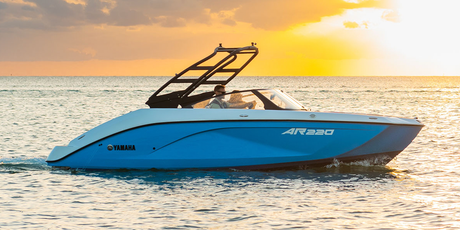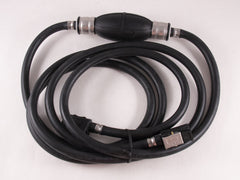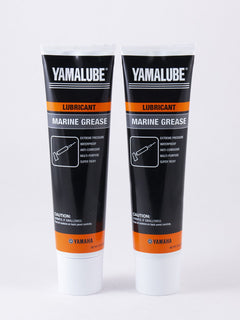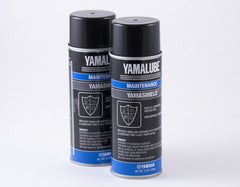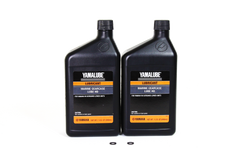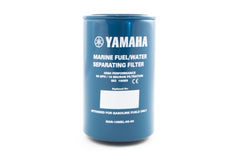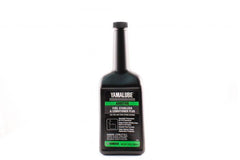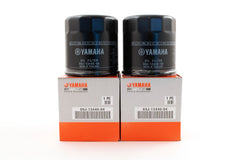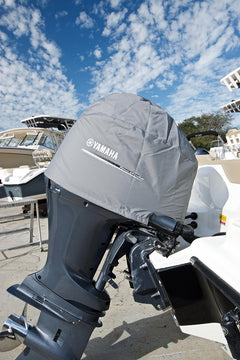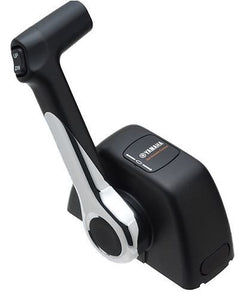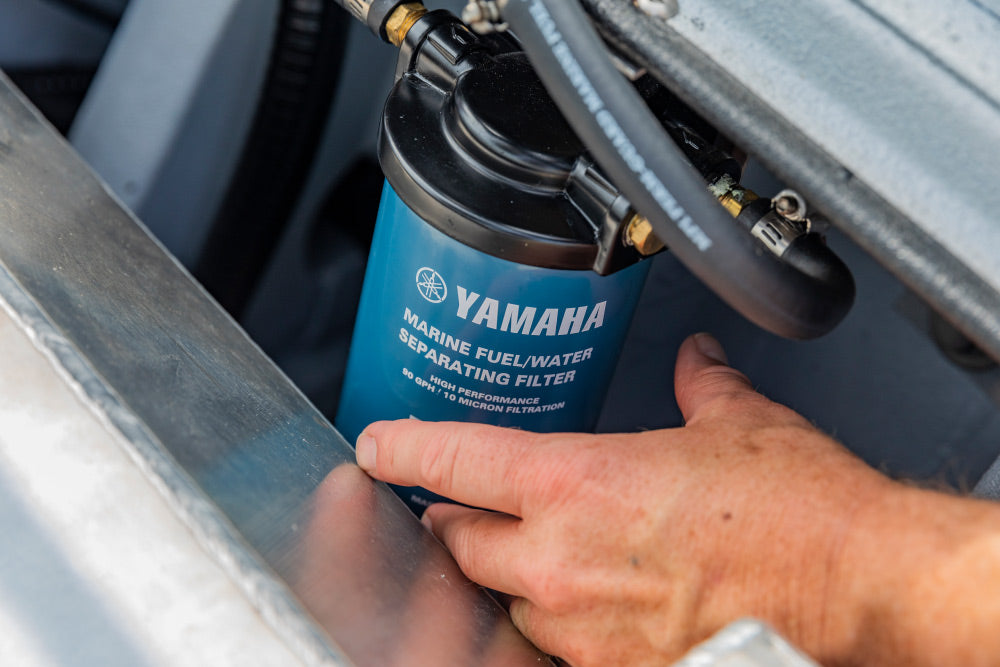
There’s a lot going on inside your Yamaha outboard engine. With fuel running through the system, water always a threat, and tiny particles ready to cause big headaches, filters are your first—and best—line of defense.
We get it: when you start searching for Yamaha outboard fuel filters, the list seems endless. You might think, "Fuel is fuel. Why all the filter options?" The truth? Marine fuel isn't always clean, and Yamaha knows it.
TL;DR
Yamaha outboard engines use multiple filters to keep your fuel system clean and corrosion-free. From the tank to the injectors, these filters work together to catch water and debris. Replace them regularly and keep a spare onboard to avoid getting stranded after a bad tank of gas.
What Do Yamaha Outboard Fuel Filters Actually Do?
Fuel filters play a critical role in protecting your outboard engine from debris and water contamination. They ensure clean fuel reaches the combustion chamber, which is essential for performance and longevity. Without them, even a small contaminant can block injectors or damage your fuel pump.
Why So Many Fuel Filters?
Fuel filters on Yamaha outboards are staged. Why? Because not all debris is the same. Picture it: sharp slivers of rust, sticky globs of ethanol sludge, or a splash of water from a sloppy fuel-up. One filter can’t catch everything, so Yamaha designed a system where each filter plays a role.
Let’s break it down:
1. 10-Micron Fuel/Water Separating Filter
This is your first defense. It removes water and traps particles roughly the size of 10 microns—that’s finer than a grain of salt. It sits between the fuel tank and the motor.
Pro Tip: Change it every 50 hours or once a season. And yes, always carry a spare. We’ve seen too many fishing trips cut short by a single tank of bad gas.
2. On-Engine Primary Filter
Not everything gets caught in stage one. The on-engine filter (usually visible and clear) acts as backup. If you see water inside it (often indicated by a floating red ring), replace it immediately.
Don’t ignore this sign. Water here means your 10-micron filter is saturated.
3. In-Line Filter (Optional)
Not all engines have this one, but if yours does, it’s probably hiding somewhere near the top of the motor. It catches anything missed before fuel reaches the vapor separator tank (VST).
4. VST (Vapor Separator Tank) Filter
Here’s where things get serious. Before fuel hits the injectors, the VST filter ensures it’s clean and ready. This one is especially vulnerable if you run untreated fuel or don’t replace earlier filters.
Want to lighten its load? Add Yamaha Ring Free Plus to every tank. It helps keep the system clean from the inside out.
5. Fuel Injector Screens
This is the final barrier. These fine mesh screens are your engine's last defense before combustion. They're tiny, and cleaning them isn’t fun. A pro might need to do it if things go wrong.
Why Outboard Fuel Filters Matter (a Lot)
Let’s be real. Most of us just want to hop in, fire up the motor, and hit the water. But bad fuel—or just fuel that’s sat too long—can ruin that plan. Water and debris in the system can:
- Stall your engine
- Cause rough idling
- Damage fuel pumps
- Destroy injectors
...and none of those are cheap to fix.
Yamaha filters are built specifically for Yamaha engines. They fit right, work under marine conditions, and won’t void your warranty.
How Often Should You Replace Yamaha Fuel Filters?
- 10-micron filter: Every 50 hours or annually
- On-engine filter: Check monthly, replace if you see water
- VST filter: Follow your owner’s manual—some models recommend yearly
- Injector screens: Rarely need replacing if upstream filters are maintained
Missed a replacement? You’ll know. Performance will dip. In some cases, the motor won’t start at all.
What Happens If You Don’t Change Your Fuel Filters?
Picture this: You’re out miles from shore, the bite is good, and suddenly the engine sputters. You check the basics. Still won’t start. Odds are, your filter's clogged. We’ve seen this happen too many times.
A customer once brought in an F150 that wouldn’t idle. Turned out his VST filter looked like it had been dipped in syrup. All because he skipped replacing his 10-micron. Don’t be that guy.
Yamaha Fuel Filter Maintenance Tips
- Carry spares, especially the 10-micron
- Use ethanol-free fuel if possible
- Add Yamaha Fuel Stabilizer & Conditioner Plus during off-season
- Use Ring Free Plus regularly to reduce carbon buildup
- Replace filters before they clog, not after
Fuel Filters and E-E-A-T (Expertise, Authoritativeness, Trustworthiness)
All Yamaha filters we sell are OEM-certified. Designed specifically for Yamaha outboards, they go through rigorous testing to meet marine-grade durability standards.
Need help identifying the right filter? Our team includes certified marine technicians ready to assist. Or check the official Yamaha Outboard Service Interval Chart for your engine model.
FAQs About Yamaha Outboard Fuel Filters
What does a Yamaha fuel filter do?
It removes water and debris before fuel reaches your engine. Cleaner fuel means better performance and fewer repair bills.
How often should I change Yamaha outboard fuel filters?
Every 50 hours for the 10-micron filter; others vary based on your model and usage. Check the manual.
Can I clean a Yamaha fuel filter instead of replacing it?
Some can be rinsed, but most should be replaced. Filters are cheap—engine repairs are not.
What’s the best Yamaha filter for saltwater?
All OEM Yamaha filters are designed for marine use, but regular replacements matter more than choosing a specific one.
Your Next Step
Shop genuine Yamaha outboard fuel filters from our full catalog. Whether you need a 10-micron water-separating filter or a VST screen, we’ve got you covered. Still not sure what fits your engine? Drop us a line or visit our Yamaha Outboard Parts Selector.
Clean fuel = smooth rides. Trust Yamaha Online Parts to keep your outboard running at its best.

